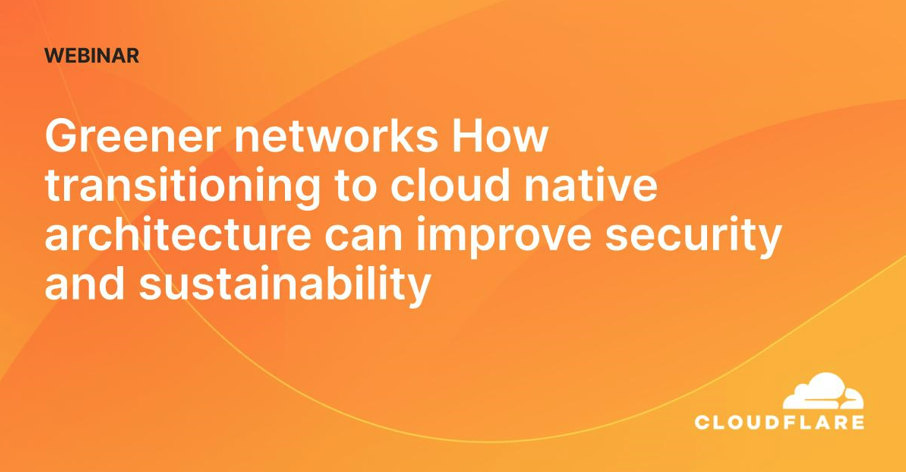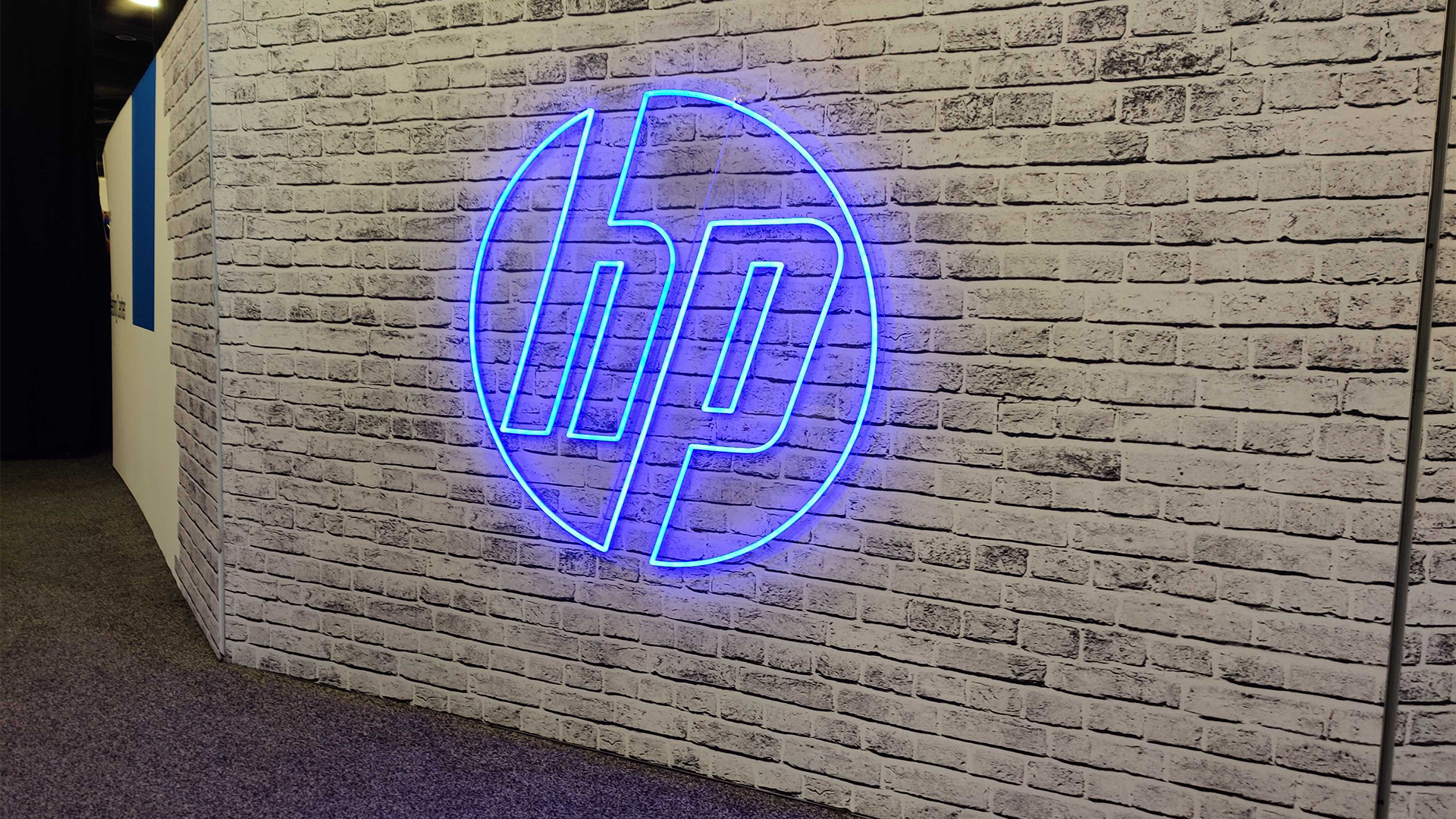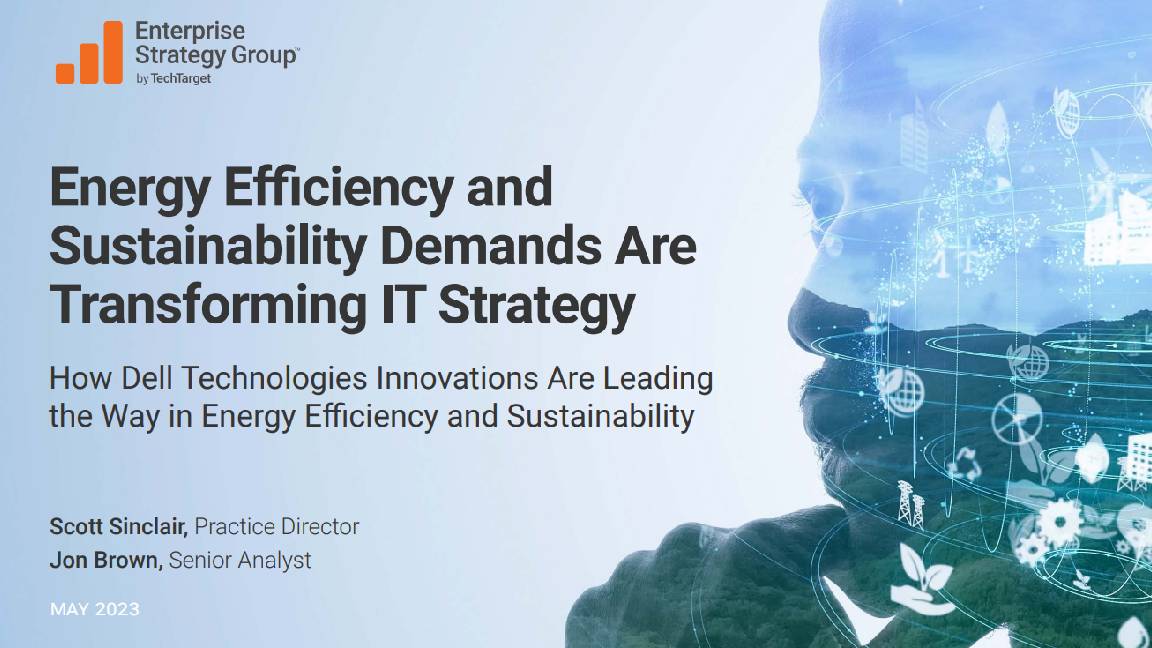How tech leaders can measure sustainability performance
IT leaders must measure sustainability performance as an ongoing process to reduce emissions and waste


It’s no secret that tech leaders can play a critical role in championing and leading sustainability initiatives. A large majority (81%) of CEOs and CSOs believe that tech leaders need to step up and become sustainability leaders, according to Intel’s Sustainable CTO report, published in June 2023.

In the same report, 82% of respondents specifically named the CTO as pivotal to their company’s net zero transition, and seven in 10 expressed the belief that net zero goals won’t be met without action from the IT function. Steps that can be taken to greenify your digital transformation strategy include considering the environmental impact of the cloud and committing to sustainable hardware management. Knowing what action to take requires an understanding of your company’s IT infrastructure and this means you need to be able to collate data and measure the performance of your IT operations.
The problem is that there’s no universal standard for performance benchmarking, which means it can be difficult to know how to go about measuring sustainability performance. On top of this, there can be issues with data availability and suppliers aren’t always frank about scope 3 emissions – those that are the result of activities not carried out by a business itself. As a result, the majority of firms are failing to meet their own sustainability goals.
The good news is that there are ways that you can improve your data collation and measurement to redesign your IT operations more sustainably.
Define what sustainability means to your company
To properly measure sustainability performance, you first need to set out what exactly sustainability means for your company and define your key performance indicators (KPIs). “You might want to track your carbon footprint and water footprint, for example. Or you might want to track energy efficiency, waste reduction, social impact and compliance with environmental regulations and standards,” says Gareth Mann-Tighe, sustainability lead at cloud services provider Nasstar. This echoes the Intel report, which identified four key areas for measuring sustainability performance: energy consumption, supply chain, e-waste, and water consumption.
Bill Wilson is the chief sustainability officer and head of data and intelligent solutions at NTT Data UK. He adds that it’s crucial that tech leaders are aware of the boundaries of their IT operations, especially when it comes to carbon accounting which is used to quantify the amount of emissions produced.
“Even with carbon accounting in place, successful IT leaders can be penalized for creating low-carbon digital solutions which relieve significant emissions elsewhere in the business but create an additional line item for the IT team,” warns Wilson.
Get the ITPro daily newsletter
Sign up today and you will receive a free copy of our Future Focus 2025 report - the leading guidance on AI, cybersecurity and other IT challenges as per 700+ senior executives
Using tools and data analytics to measure sustainability performance
Once you know what KPIs you want to be tracking, you need to go about collecting the data on your company’s baseline performance. Sensors, meters and software will likely need to be installed to monitor emissions, water consumption, waste generation and supply chain activities, says Mann-Tighe.
The latest tools will help you to measure the sustainability performance of assets in your IT infrastructure, pool data from various data sources,, and then aggregate the data to turn it into insights. This can help you to identify any gaps and where there’s room for improvement.
“We see too many examples of firms trying to solve the data challenge with spreadsheets and it quite quickly gets out of control. And sometimes, massive corners end up getting cut because the tools being used are no longer up to the job,” says Wilson.
Sustainability metrics can also be very complex to track from end to end. Measuring the sustainability performance of the IT department starts from the moment devices such as networking equipment or servers are manufactured and finishes once their end-of-life has been managed. End-user devices such smartphones, business laptops, and printers generate one and a half to two times more carbon than data centres, according to McKinsey & Company’s Blueprint for CIOs.
RELATED RESOURCE

Discover how you can reduce your carbon impact by migrating security and networking functions to the cloud
Data science and data analytics techniques such as process mining can help you to mine log data from IT operations to get a more holistic view of the IT function’s processes, parts, and performance. “Process mining essentially acts like an X-ray of existing data. The overview of internal processes offers IT leaders an opportunity to measure and drive sustainability, while simultaneously gauging performance against best-practice models,” says Janina Bauer, global head of sustainability at data processing firm Celonis.
The insights gleaned through process mining could then be used to make more informed sustainable purchasing decisions. Eliminating legacy tech that stands in the way of CIO ambitions, for example, or switching to greener suppliers.
You could also consider Robotic Process Automation (RPA) software to help automate data processing for energy and water consumption.
Identifying unstructured data to measure sustainability performance
In order to get a full picture of the sustainability of your IT operations, you need to remember to factor in scope 3 emissions.
More countries are requiring big companies to disclose their environmental, social, and governance (ESG) performance annually. While some smaller suppliers that aren’t mandated may offer up this information voluntarily, others may not have the time or resources to report it and some may even be reluctant to do so, making some scope 3 emissions data hard to get hold of.
Nevertheless, you should consider collating sustainability data when vetting suppliers. Mann-Tighe recommends conducting audits, surveys and interviews to gather data that can’t be quantified. Collation should include both structured and unstructured data, such as information from journals, magazines, news and websites.

“There may also be opportunities to collaborate with your suppliers, customers, partners, or regulators to create shared value and address systemic challenges,” adds Mann-Tighe.
Once you bring this qualitative and unstructured data together with publicly-disclosed quantitative data in a single system, it’ll become easier to analyse and measure supply chain sustainability credentials.
This is especially important for IT teams with a say in sustainability initiatives and who want to avoid falling prey to greenwashing. Being able to measure sustainability performance includes knowing who your suppliers are, what their track record is, and how transparent they are about their own ESG metrics.
Rich is a freelance journalist writing about business and technology for national, B2B and trade publications. While his specialist areas are digital transformation and leadership and workplace issues, he’s also covered everything from how AI can be used to manage inventory levels during stock shortages to how digital twins can transform healthcare. You can follow Rich on LinkedIn.
-
 Bigger salaries, more burnout: Is the CISO role in crisis?
Bigger salaries, more burnout: Is the CISO role in crisis?In-depth CISOs are more stressed than ever before – but why is this and what can be done?
By Kate O'Flaherty Published
-
 Cheap cyber crime kits can be bought on the dark web for less than $25
Cheap cyber crime kits can be bought on the dark web for less than $25News Research from NordVPN shows phishing kits are now widely available on the dark web and via messaging apps like Telegram, and are often selling for less than $25.
By Emma Woollacott Published
-
 HP’s sustainability drive is paying off for channel partners
HP’s sustainability drive is paying off for channel partnersNews Channel partners that bought into HP’s sustainability program saw sales increase as customers react positively
By Solomon Klappholz Published
-
 Beyond the upgrade: How to maximize IT investments and minimize waste
Beyond the upgrade: How to maximize IT investments and minimize wasteHow to maintain optimal performance and productivity with your fleet of hardware and stave off the next upgrade cycle for a bit longer
By ITPro Published
-
 Energy efficiency and sustainability demands are transforming IT strategy
Energy efficiency and sustainability demands are transforming IT strategywhitepaper How Dell Technologies innovations are leading the way in energy effiency and sustainability
By ITPro Published
-
 Energy efficiency and sustainability demands are transforming IT strategy
Energy efficiency and sustainability demands are transforming IT strategywhitepaper How Dell Technologies innovations are leading the way in energy effiency and sustainability
By ITPro Published
-
 Creating successful supply chain planning transformations in the consumer industry
Creating successful supply chain planning transformations in the consumer industryWhitepaper Think differently about SCP transformations and, in doing so, move into a better future for supply chains
By ITPro Published
-
 Better together
Better togetherWhitepaper Achieve more with Windows 11 and Surface
By ITPro Published
-
 Transforming the enterprise
Transforming the enterpriseWhitepaper With Intel and CDW
By ITPro Published
-
 Your guide to smarter printing: 2024 edition
Your guide to smarter printing: 2024 editionWhitepaper Making smarter printing simple for all businesses
By ITPro Published